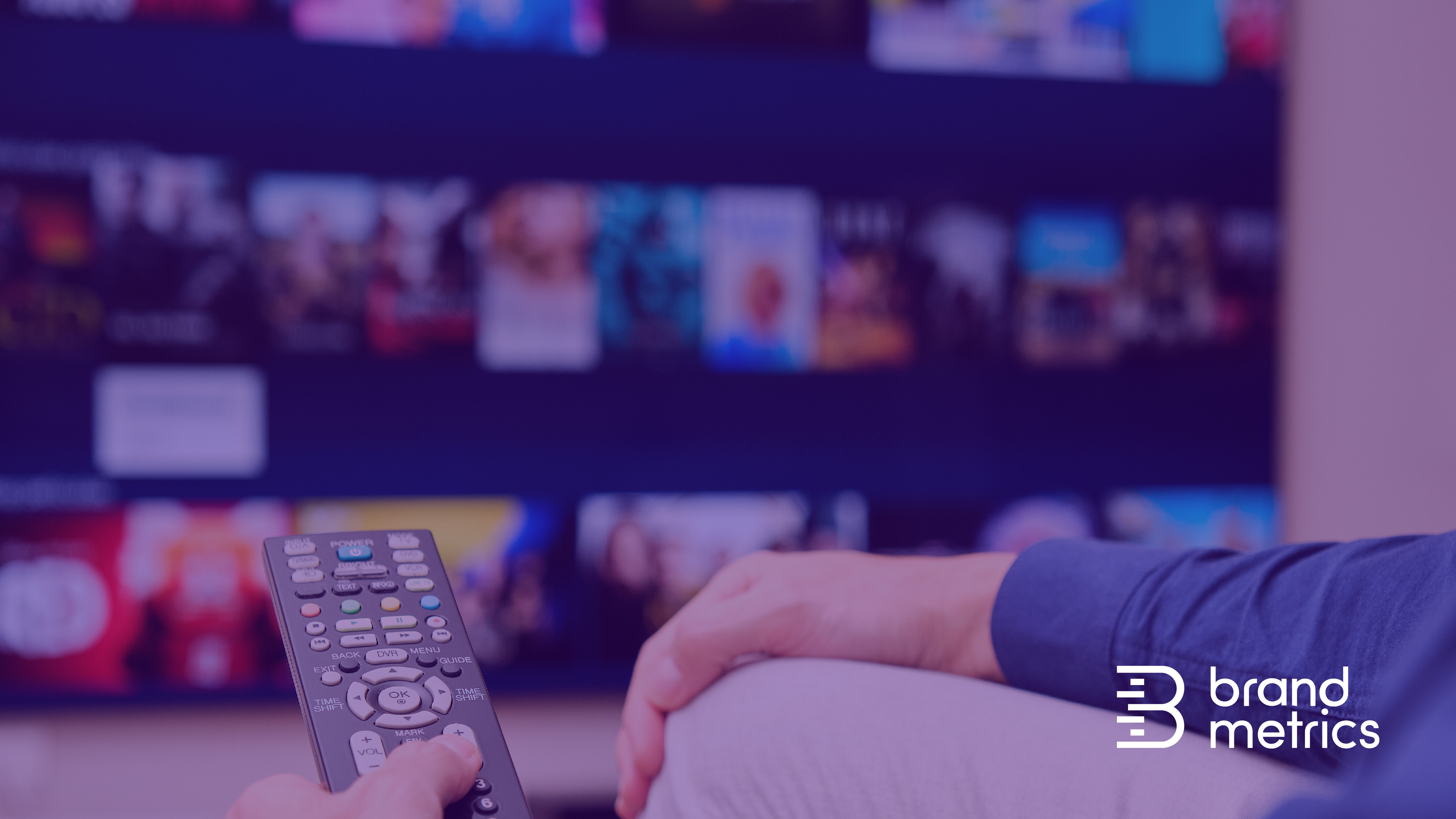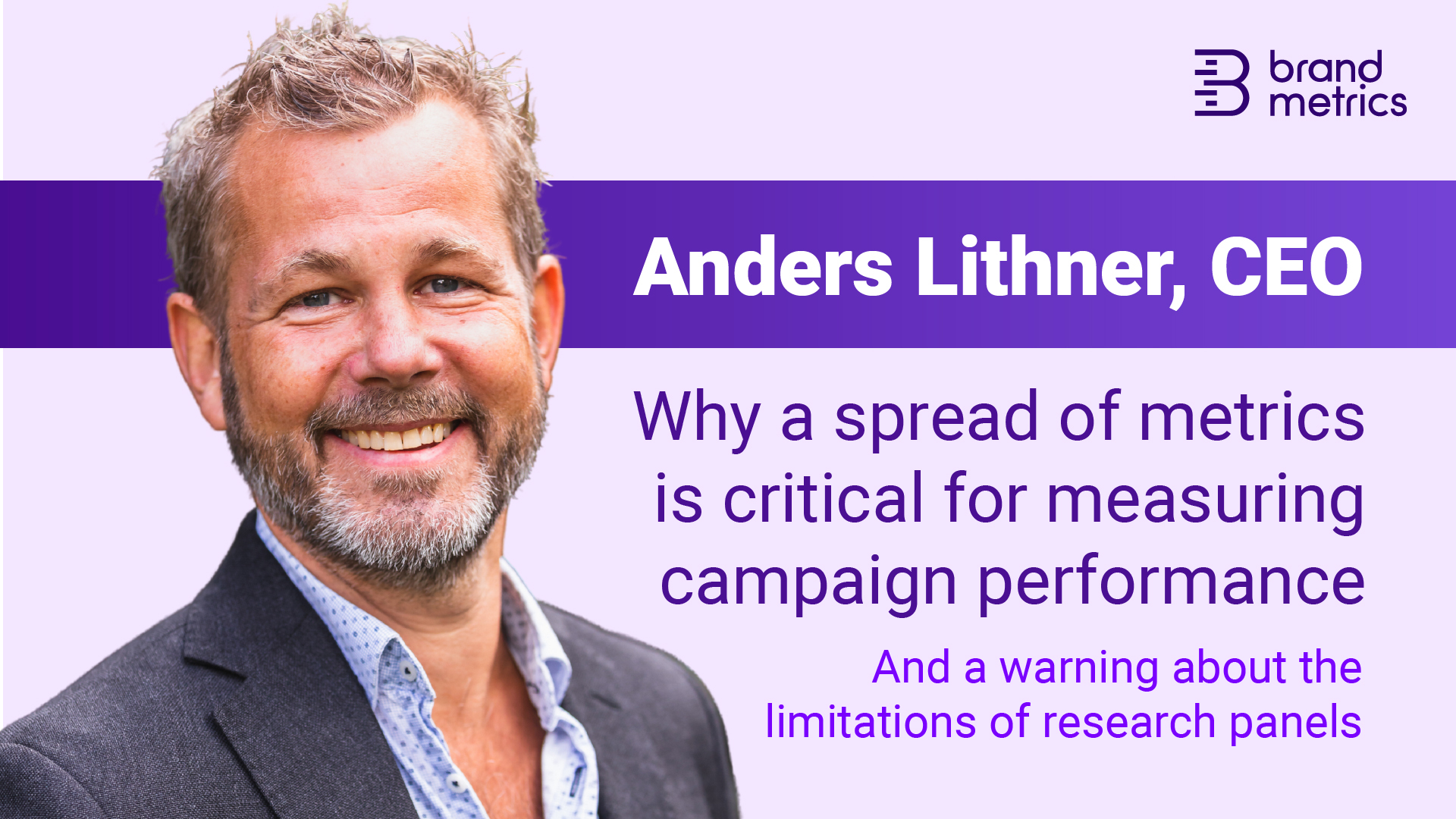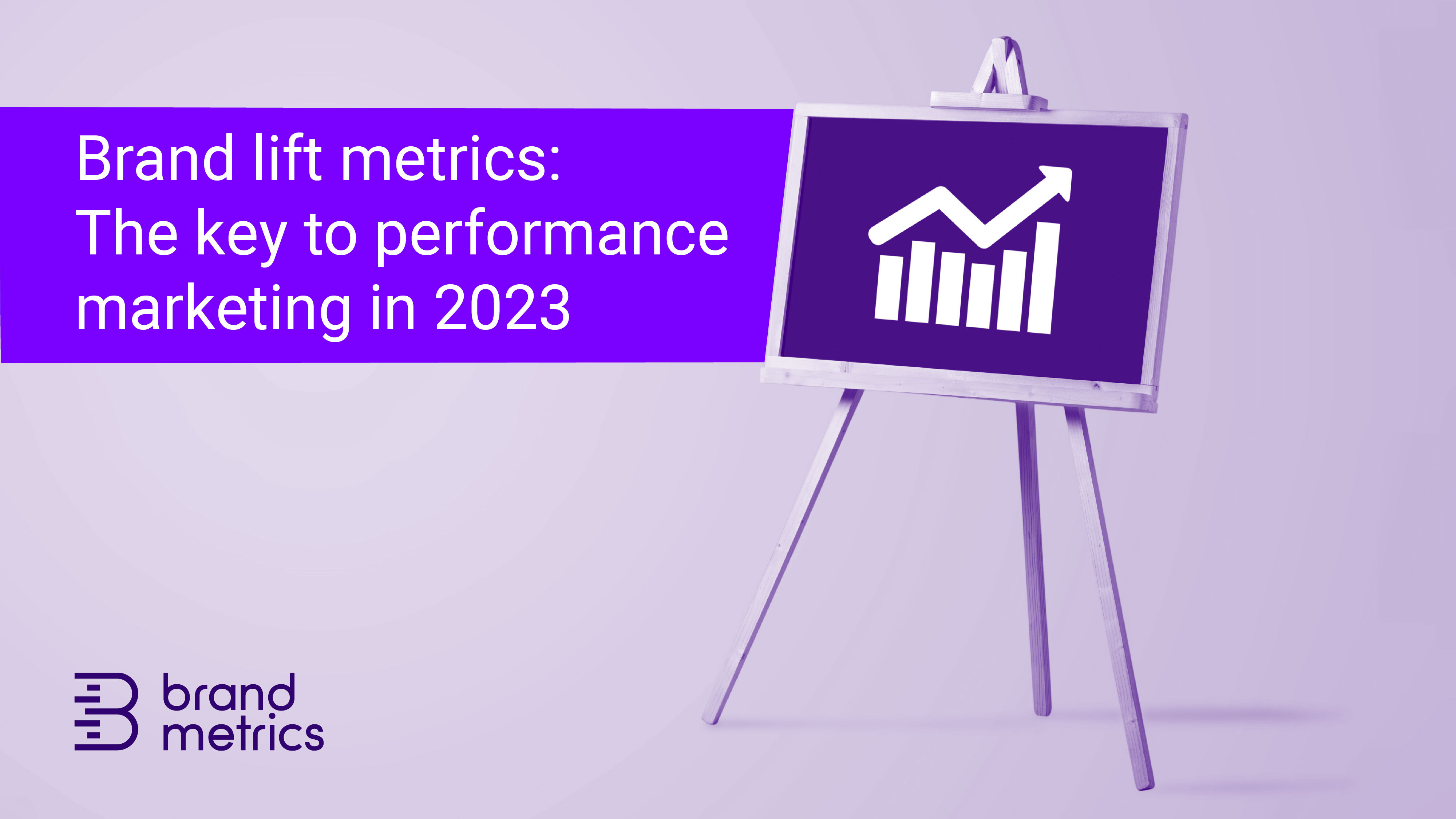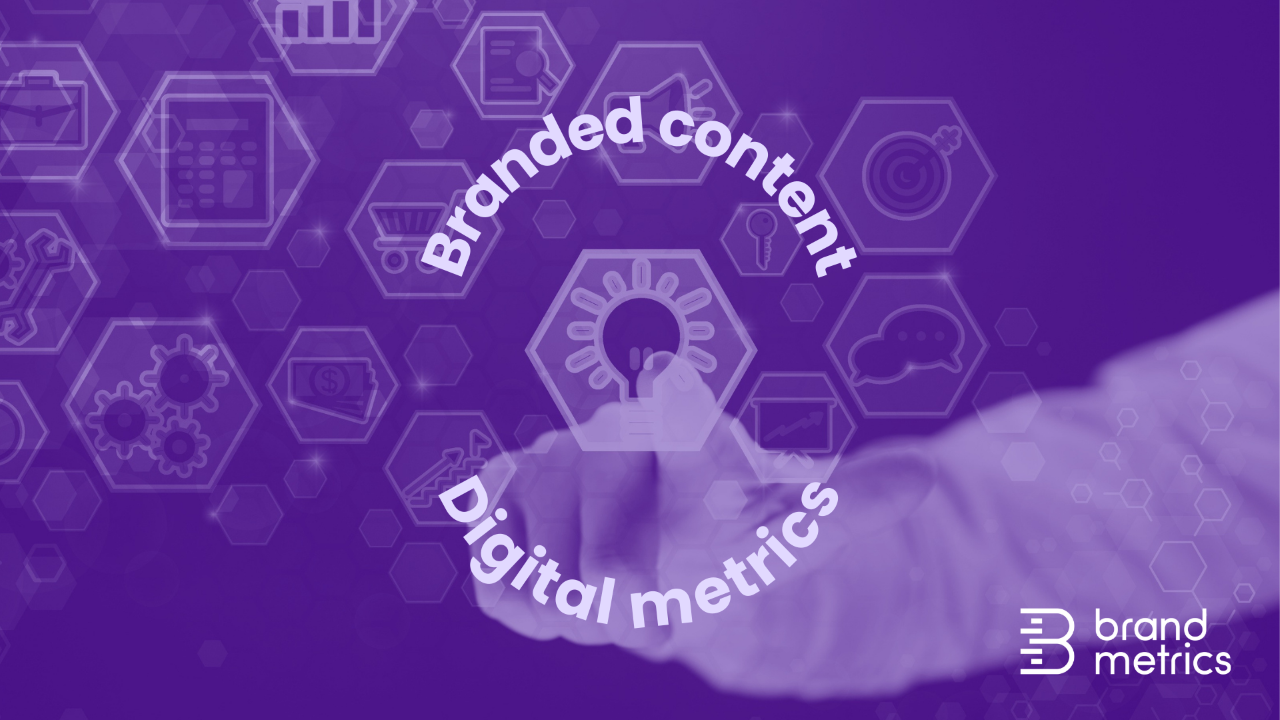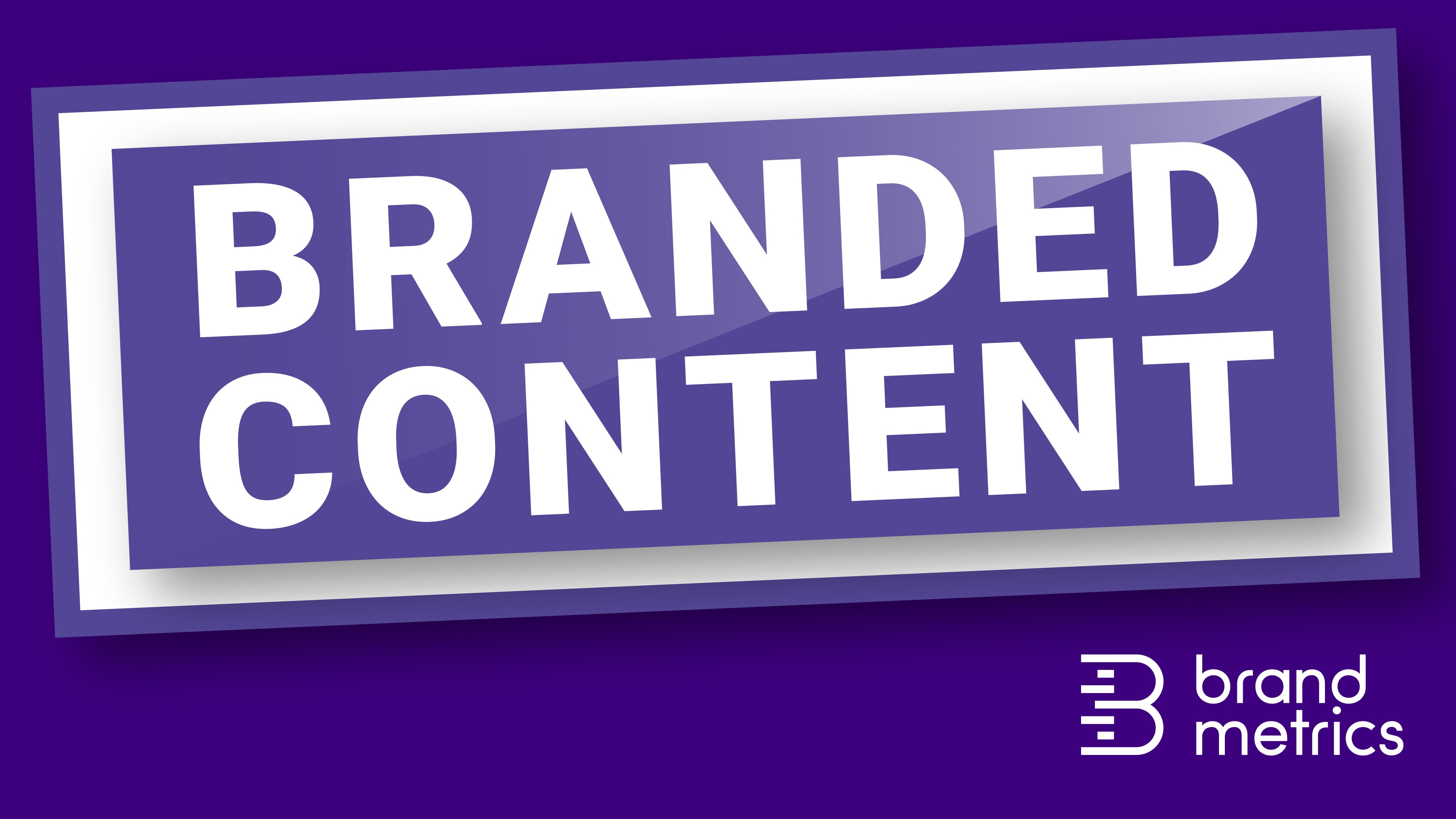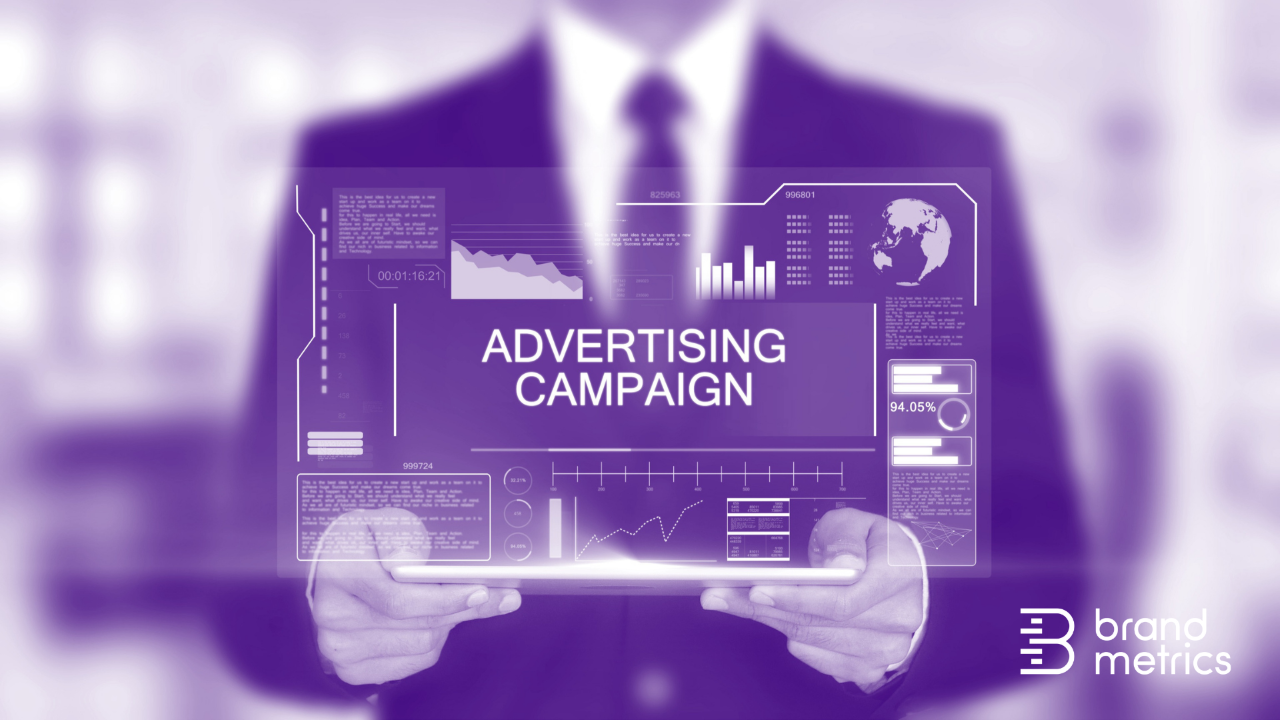Predicting a time of improvement through understanding
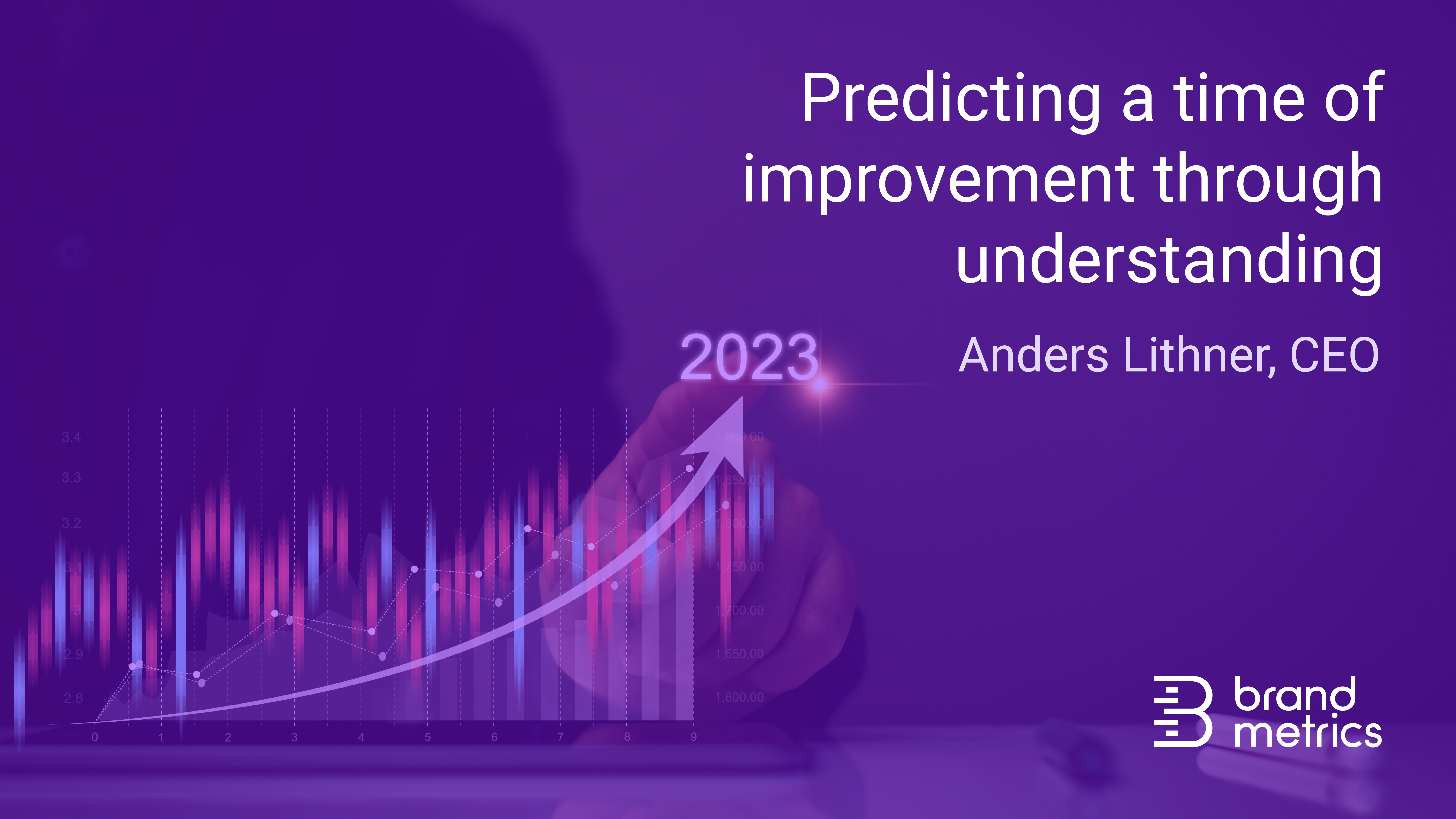
From a metrics and measurement perspective, 2023 will be the year of advertisers trying to understand and improve.
The past decade of an upswinging economy, has seen a dismantling of metrics that - let’s be honest - weren’t that valuable in the first place. The click-through-rate was finally toned down, following the realisation that people don’t always buy the things they buy, from clicking on banners. The attribution models fell apart as the third-party cookie fell out of fashion (and, to some extent, functionality). GDPR and updates of Apple’s privacy policy made tracking of customers both difficult and a potential source of ill will.
But as long as the macro economy was high, money kept being thrown on the advertising fire, trustworthy metrics or not.
Now LinkedIn is full of advice on how to maintain brand health and sales through clever recession- and inflation-adapted advertising. The dynamic is that the supply side of the industry is stressing the importance of being long-termist as the demand side is becoming more and more short-termist.
But unless the advertiser has data on what is working and what is not, these are just opinions.
An ad investment may lead to increased sales, at the right price, short and long term. And it may not. Why?
- It may be that there weren’t enough impressions (to the right audience, at the right time, in the right context) to make an impact.
- It may be that the impressions weren’t viewable.
- It may be that the viewable impressions weren’t given any attention.
- It may be that the attended impressions didn’t create the intended response.
Ads need to be delivered. They need to grab attention, and when they have our attention they need to change or reinforce something in our minds, be it cognitive, attitudinal or behavioural.
All this data is available. We have the viewable imps, we have the attention score and we have the brand lift.
It’s not so much about the accountability that comes from a receipt, in any currency, for each campaign, as it is about mapping the whole chain reaction - from exposure, via attention and through to outcome. In that way, we can try to understand where to improve - where to mend the chain if the chain reaction didn’t happen.
This puts pressure on us as metrics vendors - not primarily to improve our own metrics, but to cooperate with each other. No one vendor has all the metrics lined up for the advertiser, but together we can offer that full view needed for understanding, which of course is the key to improvement.
At a time with restricted budgets, different priorities emerge. And understanding should be chief among them. Because it is only through understanding that we learn how to improve.

